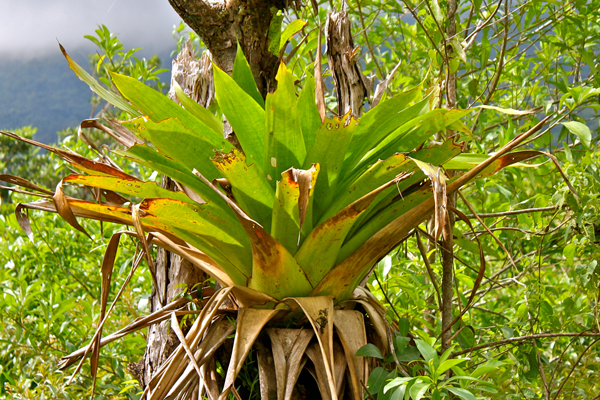05
Jul
Widely Used Fungicide Found to Adversely Affect Enzyme Common to All Cells
 (Beyond Pesticides, July 5, 2019) This is a story about a chemical pesticide, a fungicide, in wide use for which the mode of action, i.e., the ability to cause harm, has not been fully understood. It is not a story unique to this pesticide. Rather, it is an important story to consider when deciding to use a pesticide or allowing a pesticide to be used. The question is whether the chemical could be broadly problematic beyond the target organisms, in this case fungi? In its coverage of a study published in March, the American Association for the Advancement of Science publication, EurekAlert, reported that, âThe ability of [the fungicide] fludioxonil to act on a sugar-metabolizing enzyme common to all cells, and to produce the damaging compound methylglyoxal, may mean that the pesticide has more potential to harm non-fungal cells than previously thought. Although fludioxonil has been deemed safe for use, the authors . . . suggest that the effects of this widely used pesticide has upon animals be re-examined.â
(Beyond Pesticides, July 5, 2019) This is a story about a chemical pesticide, a fungicide, in wide use for which the mode of action, i.e., the ability to cause harm, has not been fully understood. It is not a story unique to this pesticide. Rather, it is an important story to consider when deciding to use a pesticide or allowing a pesticide to be used. The question is whether the chemical could be broadly problematic beyond the target organisms, in this case fungi? In its coverage of a study published in March, the American Association for the Advancement of Science publication, EurekAlert, reported that, âThe ability of [the fungicide] fludioxonil to act on a sugar-metabolizing enzyme common to all cells, and to produce the damaging compound methylglyoxal, may mean that the pesticide has more potential to harm non-fungal cells than previously thought. Although fludioxonil has been deemed safe for use, the authors . . . suggest that the effects of this widely used pesticide has upon animals be re-examined.â
The research study, published in March in Scientific Reports and led by T. Tristan Brandhorst, PhD (in the lab of Dr. Bruce Klein at the University of WisconsinâMadison and UW School of Medicine and Public Health), sheds light on that mechanism and raises the alarm about implications of the discovery. Among the myriad pesticides used in agriculture is fludioxonil, a phenylpyrrole fungicide, which was developed to treat seeds during storage. However, it has come to be used commonly on grains, vegetables, fruits, and ornamental plants during cultivation, and worse (more on this below), to treat produce after it has been harvested to extend âshelf life.â Though fludioxonil is effective in killing fungi, the mode, or mechanism, of action for this pesticide was previously not well understood.
Fludioxonil was introduced in 1993â1994 by Ciba-Geigy (now Syngenta), and pesticides that include the compound are now marketed under various brand names, including Cannonball, Switch, Medallion, Helix, Celest, Apron, Agri Star Fludioxonil, Dyna-shield Fludioxonil, Maxim, Scholar, Spirato, and others. Syngenta promotes it for use on âtargeted fungi, such as snow mold, seedborne and soilborne Fusarium, [and] seedling blights or bunts.â Its use has increased in the 25 years since then, and particularly in the last few, ratcheting up concern about its features and impacts.
In a previous investigation, Drs. Brandhorst and Klein pointed to the uncertainty about how fludioxonil actually causes fungi cell death, asserting that this uncertainty merits a re-evaluation by the Environmental Protection Agency (EPA) of its potential impacts on human health, noting reports of the fungicideâs ability to disrupt hepatic, endocrine, and neurological systems. Prior to this current study, it was believed that fludioxonil targets hybrid histidine kinase (HHK), a protein in fungal cells. Syngenta has theorized, re: the mechanism of action, that fludioxonil binds to HHK, activating a biochemical process that causes fungal cells to kill themselves. In 2016, Dr. Kleinâs lab team found that, although fludioxonil needs HHK in order to kill fungi, the pesticide and protein do not directly interact.
The scientists in Dr. Kleinâs lab turned to the hypothesis that oxidative stress â a common effect of pesticides on their targets â might be the linchpin. (Oxidative stress is an imbalance, in cells, between the production of free radicals and reactive metabolites, and their elimination by antioxidants.) Yet, the team found that, when they exposed fungi to various kinds of oxidative stress, cells remained healthy. Finally, the researchers discovered that fludioxonil inhibits an enzyme related to cellular sugar metabolism, causing (via a spike in methylglyoxal release) activation of the deadly HHK cascade.
Dr. Brandhorst notes, âThe take home lesson is that fludioxonil is multifactorial. It’s not compromising cells by one solitary mechanism. It has potential to damage cells in a variety of ways.â He references a 2007 investigation that demonstrated that in fungi, disruption of glutathione homeostasis (which manages oxidative stress) synergistically enhances the toxicity of fludioxonil, suggesting that an oxidative stress response pathway may overshadow osmoregulation functions (maintenance of constant osmotic pressure in the fluids of an organism by the control of water and salt concentrations). Glutathione is primarily an intracellular antioxidant, which protects cells against the effects of free radicals â which can include damage to DNA. Fludioxonil has been shown to have DNA damaging impacts on human liver cells, and Dr. Brandhorst suspects that glutathione depletion (a signaling event that regulates the activation of cell death pathways) may ultimately be identified as a factor in fludioxonil-related hepatic damage. The enzyme-suppressing action of fludioxonil on an enzyme common to all cells is at the heart of the alarm this research is raising, but it is not the only reason the fungicide needs to be re-evaluated.
Fludioxonil persists in soil â near the surface for weeks, and for years if it ends up deeper in the soil, where sunlight cannot speed its degradation; it is also a âsuper toxinâ for earthworms. The fungicideâs extensive post-harvest use on food crops is of particular concern because it eliminates the chance for wind, rain, and ultraviolet-visible (UV-vis) light to break down the compound, and once applied, the waxy fungicide is not easily removed by rinsing. Further, UV-vis treatment of produce (which is sometimes done to reduce pathogens on fresh fruits and vegetables) actually significantly increases the toxicity of fludioxonil.
The fungicide also is an EPA Category I toxin â âhighly toxic and severely irritatingâ â to aquatic plants, bacteria, insects, fish, and aquatic invertebrates, generating concern about its use near water bodies or shorelines. Beyond all that, the lead author indicates that âthere is also reason to believe that breakdown products of this pesticide may be 100 times more toxic than fludioxonil itself.â
In addition, the issue of synergistic action among multiple pesticide compounds, or active and adjuvant ingredients in a pesticide, is woefully under-addressed by regulators. Synergistic action was explained simply and long ago by Beyond Pesticides in its journal Pesticides and You: âThe concept of interaction is fundamental to understanding the processes by which chemical mixtures act. If the effect is simply additive, the sum of the effects is the same as if we were exposed to each chemical individually. Synergy occurs when the effect of a mixture of chemicals is greater than the sum of the individual effects.â
The federal bodies in the U.S. that are supposed to ensure the safety of both chemicals used in the environment, and those used on food crops and products â EPA, and the Food and Drug Administration (FDA), respectively â fail to do so. Another passage from the Pesticides and You article offers background: âIn 1996, EPA was required for the first time to consider cumulative pesticide exposures in limited circumstances under the Food Quality Protection Act (FQPA). [That Act], which amends the Federal Insecticide, Fungicide and Rodenticide Act (FIFRA), recognizes that real-world pesticide exposures do not occur as single discrete exposures to a specific pesticide, but rather in combination [with] several pesticides at once. . . . To address the issue of multiple pesticide exposures, FQPA directs EPA to consider combinations of pesticides that have a common mechanism of toxicity when setting tolerancesâ [âacceptableâ levels of pesticide residue in agricultural products]. Because this mandate is a narrow one, confined to compounds that have a âcommon mechanism of toxicity,â many chemicals are never evaluated by EPA for their synergistic potential.
Thus, EPA continues not to evaluate comprehensively for synergistic effects, which can be more toxic than exposure to a single compound. In 2016, the Center for Biological Diversity wrote an extensive report on this issue: Toxic Concoctions: How the EPA Ignores the Dangers of Pesticide Cocktails. Adding to the concern about fludioxonilâs mechanism of action and the implications for all kinds of organisms, including humans, is its synergistic potential. A 2012 study by French researchers found that a mixture of fludioxonil and cyprodinil, another fungicide, yielded data suggesting cytotoxic (lethal to cells) and genotoxic (damaging to DNA) effects at low concentrations, and with a significantly higher effect of the mixture than would be expected from an exposure response to the individual fungicides. This study by Dr. Brandhorst, et al. adds to the growing body of research on the interactive effects of pesticides on human health and the environment.
Beyond Pesticides advocates for a far-more Precautionary approach to pest control in land management and agriculture, with a transition to organic methods as the ultimate goal. It also monitors and reports on emerging research and developments related to pesticide use through its Daily News Blog and its journal, Pesticides and You.
All unattributed positions and opinions in this piece are those of Beyond Pesticides.
Sources: https://www.ncbi.nlm.nih.gov/pmc/articles/PMC6433957/ and personal communication with the studyâs lead author, T. Tristan Brandhorst [[email protected]]









 (Beyond Pesticides, July 3, 2019) A disturbing association between urinary triclosan concentrations and osteoporosis has been identified in an epidemiological study. Drawing from the National Health and Nutrition Examination Survey (NHANES) results for 1,848 U.S. adult women, the authors conclude that higher concentrations of urinary triclosan are associated with lower bone mass density and higher prevalence of osteoporosis among U.S. adult women.
(Beyond Pesticides, July 3, 2019) A disturbing association between urinary triclosan concentrations and osteoporosis has been identified in an epidemiological study. Drawing from the National Health and Nutrition Examination Survey (NHANES) results for 1,848 U.S. adult women, the authors conclude that higher concentrations of urinary triclosan are associated with lower bone mass density and higher prevalence of osteoporosis among U.S. adult women. (Beyond Pesticides, July 2, 2019) German cockroaches, the bane of many apartment-dwellers throughout the U.S., can rapidly develop cross-resistance to insecticides they have never been exposed to, according to researchers from Purdue University. âThis is a previously unrealized challenge in cockroaches,â said Michael Scharf, PhD, whose findings were published in the journal
(Beyond Pesticides, July 2, 2019) German cockroaches, the bane of many apartment-dwellers throughout the U.S., can rapidly develop cross-resistance to insecticides they have never been exposed to, according to researchers from Purdue University. âThis is a previously unrealized challenge in cockroaches,â said Michael Scharf, PhD, whose findings were published in the journal 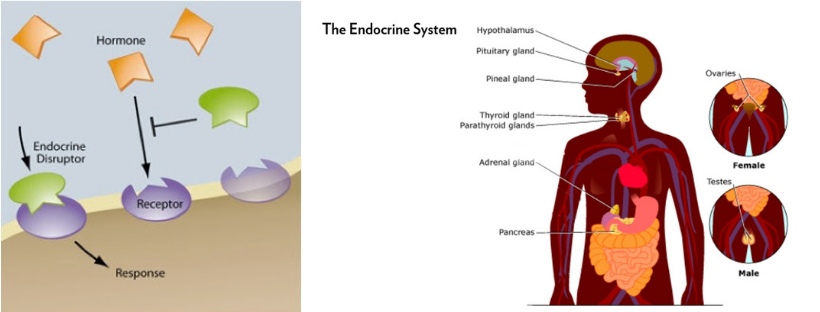 (Beyond Pesticides, July 1, 2019)Â France made a decision in May to ban a widely-used fungicide because it damages the endocrine system. In contrast, there has been a stark failure to protect health in the U.S. Despite a Congressional mandate, EPA is not acting on
(Beyond Pesticides, July 1, 2019)Â France made a decision in May to ban a widely-used fungicide because it damages the endocrine system. In contrast, there has been a stark failure to protect health in the U.S. Despite a Congressional mandate, EPA is not acting on  (Beyond Pesticides, June 28, 2019)Â As is the case in many countries, the conversation about the use of pesticides has been especially vigorous in the past few years. Switzerland is a case in point: it is undergoing deep scrutiny of pesticide use, and the
(Beyond Pesticides, June 28, 2019)Â As is the case in many countries, the conversation about the use of pesticides has been especially vigorous in the past few years. Switzerland is a case in point: it is undergoing deep scrutiny of pesticide use, and the 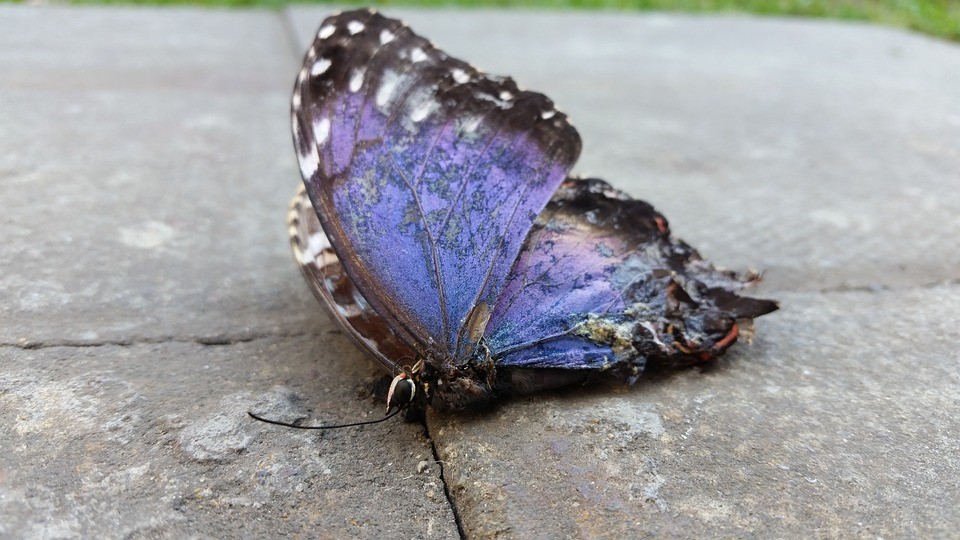 (Beyond Pesticides, June 27, 2019) A review of scientific literature urges for swift societal action on the collapse of insect populations worldwide, according to authors of a study. The authors point out that while there is a need for more research on the extent of the phenomenon as well as causal factors, there is currently sufficient evidence to spur and inform transformational policy in response to a definite worldwide crisis. The paper, Declines in insect abundance and diversity: We know enough to act now, provides a run-down of actions to takeâfrom national policy to apartment balconies.
(Beyond Pesticides, June 27, 2019) A review of scientific literature urges for swift societal action on the collapse of insect populations worldwide, according to authors of a study. The authors point out that while there is a need for more research on the extent of the phenomenon as well as causal factors, there is currently sufficient evidence to spur and inform transformational policy in response to a definite worldwide crisis. The paper, Declines in insect abundance and diversity: We know enough to act now, provides a run-down of actions to takeâfrom national policy to apartment balconies. (Beyond Pesticides, June 26, 2019) Â “We were drooling excessively. My eyes would not stop watering,â
(Beyond Pesticides, June 26, 2019) Â “We were drooling excessively. My eyes would not stop watering,â 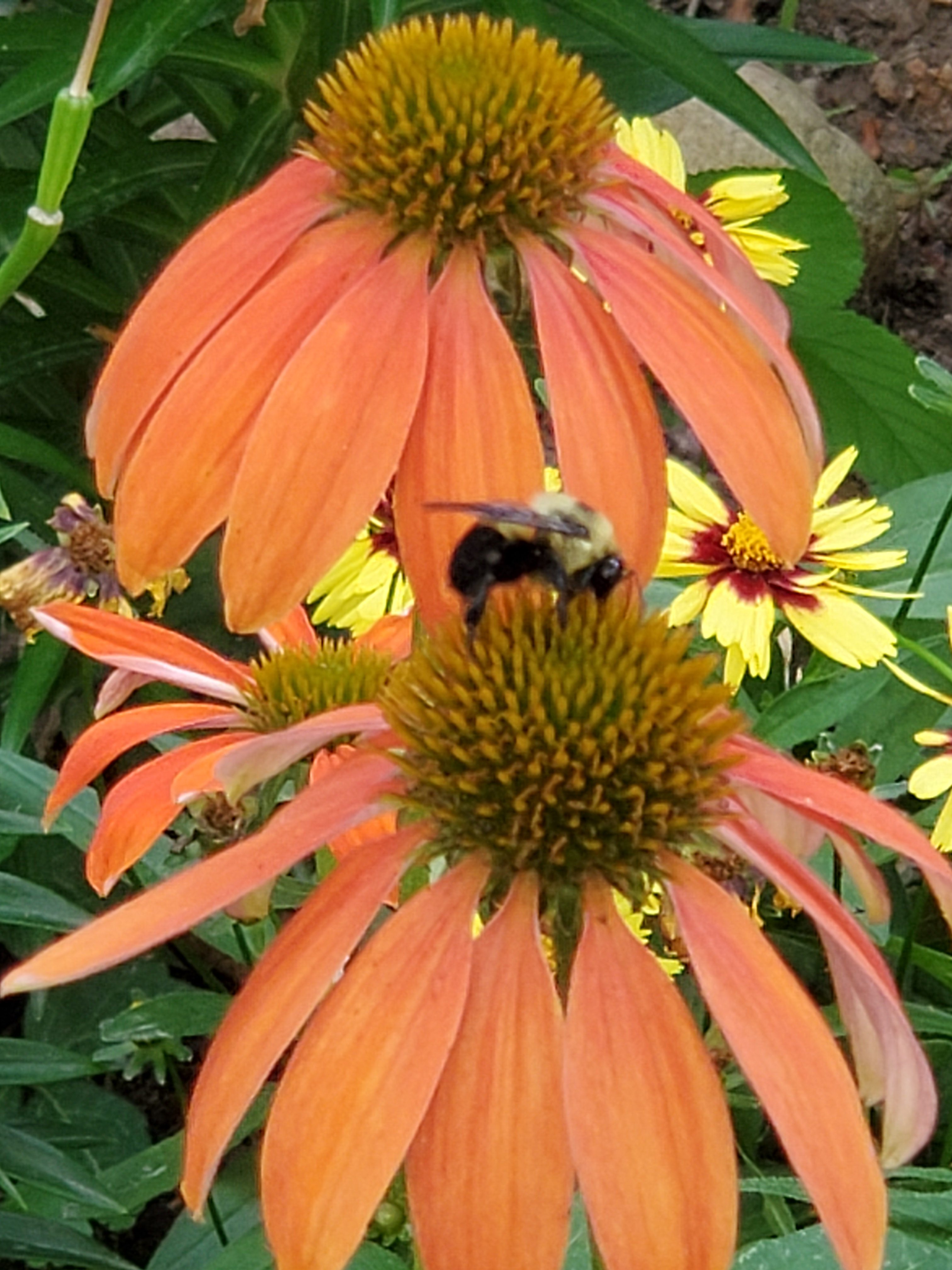 (Beyond Pesticides, June 24, 2019) A
(Beyond Pesticides, June 24, 2019) A 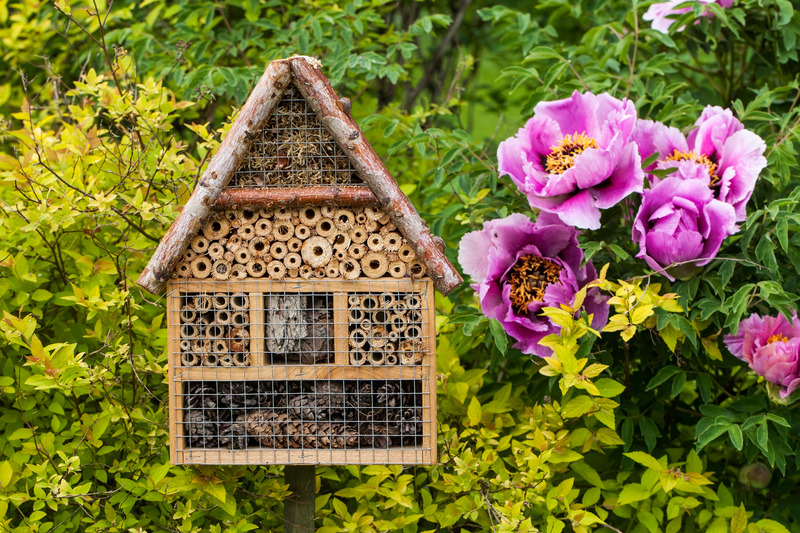
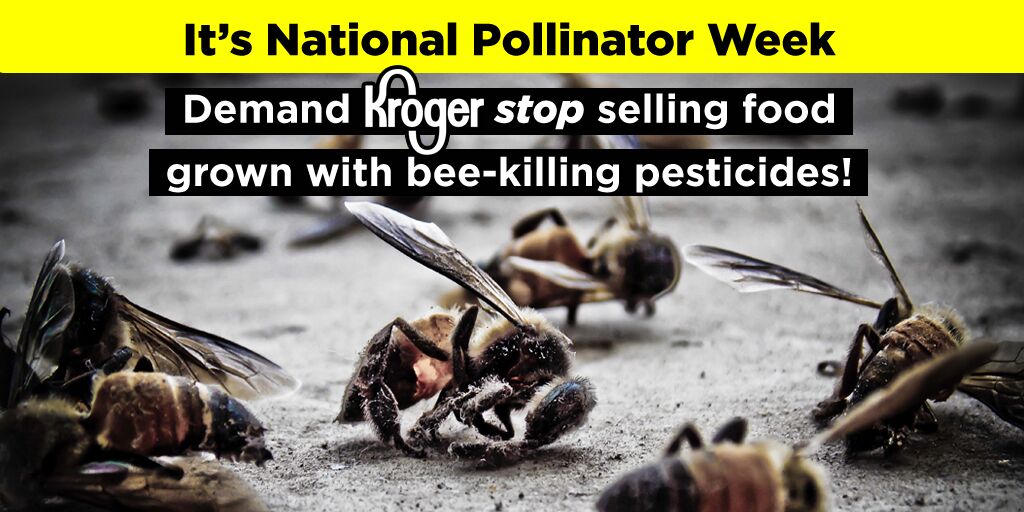 (Beyond Pesticides, June 19, 2019) To mark National Pollinator Week (June 17-23), more than 10,000 people across the country are joining to demand that Kroger (NYSE: KR) help stop the extreme decline of pollinators. Customers are delivering letters to stores asking the nationâs largest conventional grocery store to eliminate pollinator-toxic pesticides from its food supply chain and increase domestic organic food offerings to help stop the catastrophic decline of pollinators and other insects.
(Beyond Pesticides, June 19, 2019) To mark National Pollinator Week (June 17-23), more than 10,000 people across the country are joining to demand that Kroger (NYSE: KR) help stop the extreme decline of pollinators. Customers are delivering letters to stores asking the nationâs largest conventional grocery store to eliminate pollinator-toxic pesticides from its food supply chain and increase domestic organic food offerings to help stop the catastrophic decline of pollinators and other insects. (Beyond Pesticides, June 19, 2019) On June 17, 2019, the Environmental Protection Agency (EPA) once again approved âemergencyâ uses of sulfoxaflor, a bee-toxic insecticide, on millions of acres of crops that are attractive to bees. Sulfoxaflor is functionally identical to the neonicotinoid class of
(Beyond Pesticides, June 19, 2019) On June 17, 2019, the Environmental Protection Agency (EPA) once again approved âemergencyâ uses of sulfoxaflor, a bee-toxic insecticide, on millions of acres of crops that are attractive to bees. Sulfoxaflor is functionally identical to the neonicotinoid class of 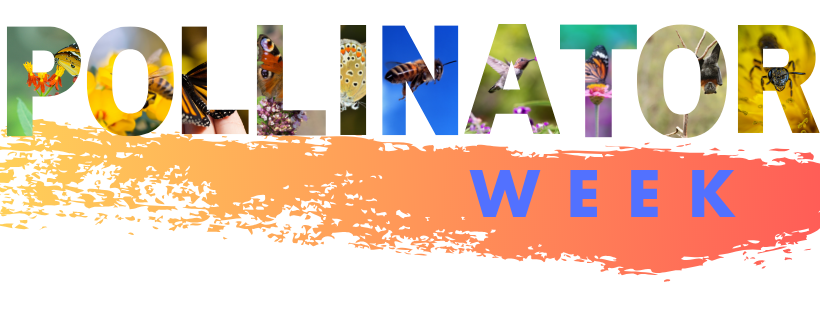 (Beyond Pesticides, June 18, 2019) As the New York Times wrote in November 2018, â
(Beyond Pesticides, June 18, 2019) As the New York Times wrote in November 2018, â (Beyond Pesticides, June 17, 2019)Â During Pollinator Week, starting June 17, ask your elected representative in Congress to support pollinators by co-sponsoring Saving America’s Pollinators Act (SAPA). If they are already a cosponsor, use the occasion to thank them for their leadership on this critical issue.
(Beyond Pesticides, June 17, 2019)Â During Pollinator Week, starting June 17, ask your elected representative in Congress to support pollinators by co-sponsoring Saving America’s Pollinators Act (SAPA). If they are already a cosponsor, use the occasion to thank them for their leadership on this critical issue.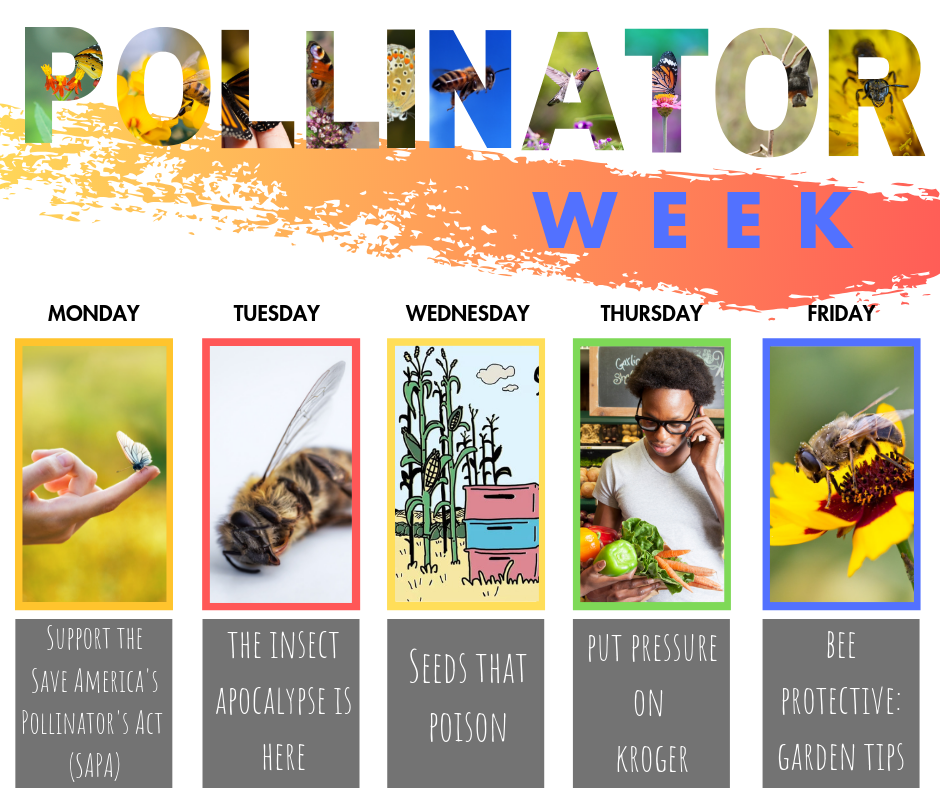
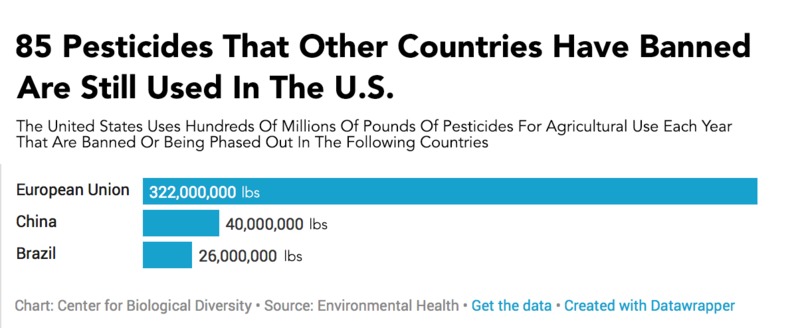 âItâs appalling the U.S. lags so far behind these major agricultural powers in banning harmful pesticides,â said Nathan Donley, PhD, a senior scientist with the Center for Biological Diversity and author of the study. âThe fact that weâre still using hundreds of millions of pounds of poisons other nations have wisely rejected as too risky spotlights our dangerously lax approach to phasing out hazardous pesticides.â
âItâs appalling the U.S. lags so far behind these major agricultural powers in banning harmful pesticides,â said Nathan Donley, PhD, a senior scientist with the Center for Biological Diversity and author of the study. âThe fact that weâre still using hundreds of millions of pounds of poisons other nations have wisely rejected as too risky spotlights our dangerously lax approach to phasing out hazardous pesticides.â (Beyond Pesticides, June 12, 2019) A new study finds that the widespread insecticide fipronil causes transgenerational toxicity across generations of zebrafish. Fipronil, already known to be highly toxic to aquatic organisms, is now implicated in causing even more damage than previously thought. Even individuals who are not themselves directly exposed are shown to suffer from maternally transmitted toxic effects, including a more than doubled mortality rate.
(Beyond Pesticides, June 12, 2019) A new study finds that the widespread insecticide fipronil causes transgenerational toxicity across generations of zebrafish. Fipronil, already known to be highly toxic to aquatic organisms, is now implicated in causing even more damage than previously thought. Even individuals who are not themselves directly exposed are shown to suffer from maternally transmitted toxic effects, including a more than doubled mortality rate. (Beyond Pesticides, June 11, 2019) Genetically engineered (GE) wheat developed to tolerate repeated applications of Bayer Monsantoâs Roundup herbicide has been discovered in a farm field in Washington State. The U.S. Department of Agriculture (USDA) has never approved a GE wheat variety for commercial production, making the incident a potential economic export risk. In the past, Asian and European countries have temporarily blocked purchases of U.S. wheat as a result of GE contamination. Organic and non-GE farmers are also at risk as any contamination with non-GE varieties can result in loss of certifications and price premiums.
(Beyond Pesticides, June 11, 2019) Genetically engineered (GE) wheat developed to tolerate repeated applications of Bayer Monsantoâs Roundup herbicide has been discovered in a farm field in Washington State. The U.S. Department of Agriculture (USDA) has never approved a GE wheat variety for commercial production, making the incident a potential economic export risk. In the past, Asian and European countries have temporarily blocked purchases of U.S. wheat as a result of GE contamination. Organic and non-GE farmers are also at risk as any contamination with non-GE varieties can result in loss of certifications and price premiums. (Beyond Pesticides, June 10, 2019)Â On May 20, U.S. Representative Nydia Velazquez, with 18 co-sponsors, introduced H.R. 2854, âTo amend the National Wildlife Refuge System Administration Act of 1966 to prohibit the use of neonicotinoids in a National Wildlife Refuge, and for other purposes.â The bill follows an August 2018 Trump administration announcement that reversed a 2014 U.S. Fish and Wildlife Service (FWS) decision to ban neonicotinoid insecticides on National Wildlife Refuges.
(Beyond Pesticides, June 10, 2019)Â On May 20, U.S. Representative Nydia Velazquez, with 18 co-sponsors, introduced H.R. 2854, âTo amend the National Wildlife Refuge System Administration Act of 1966 to prohibit the use of neonicotinoids in a National Wildlife Refuge, and for other purposes.â The bill follows an August 2018 Trump administration announcement that reversed a 2014 U.S. Fish and Wildlife Service (FWS) decision to ban neonicotinoid insecticides on National Wildlife Refuges. (Beyond Pesticides, June 7, 2019)Â Fruit orchards and vineyards endure some of the most intensive chemical management in all of agriculture. What has not been investigated â until now â is how pesticide drift from such agricultural sites may be affecting nearby public spaces. A recent,
(Beyond Pesticides, June 7, 2019)Â Fruit orchards and vineyards endure some of the most intensive chemical management in all of agriculture. What has not been investigated â until now â is how pesticide drift from such agricultural sites may be affecting nearby public spaces. A recent, 